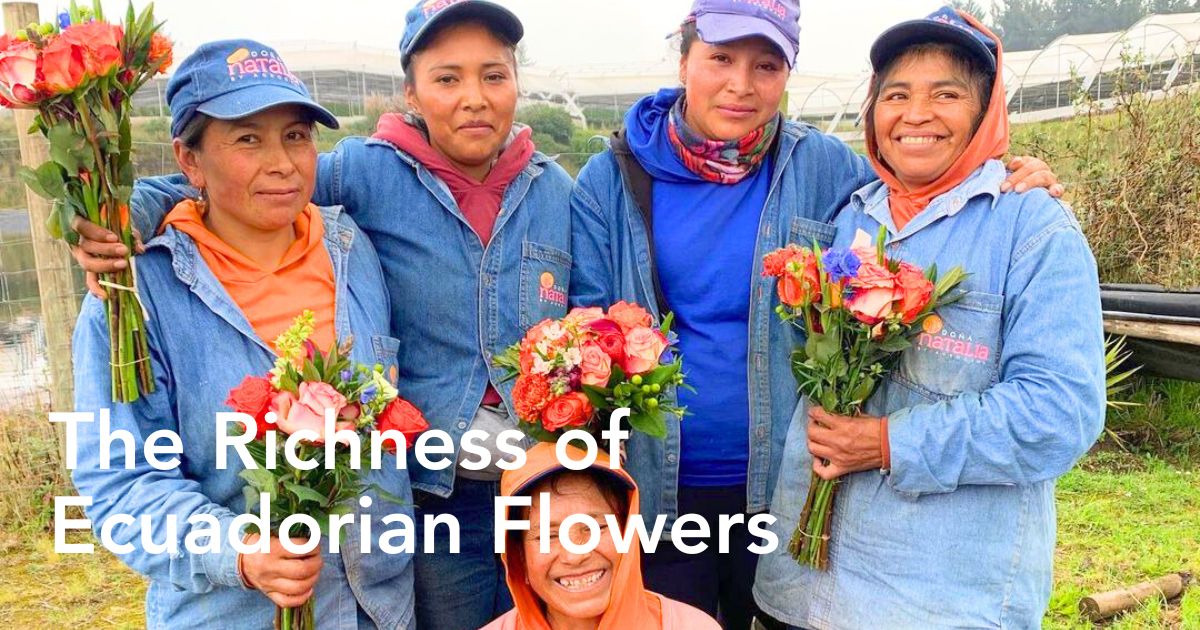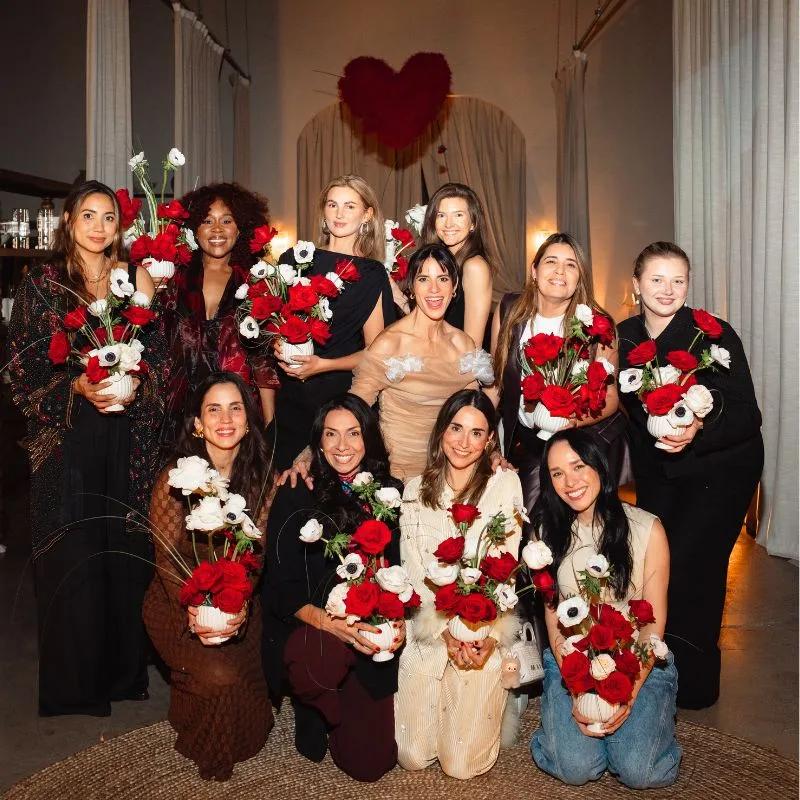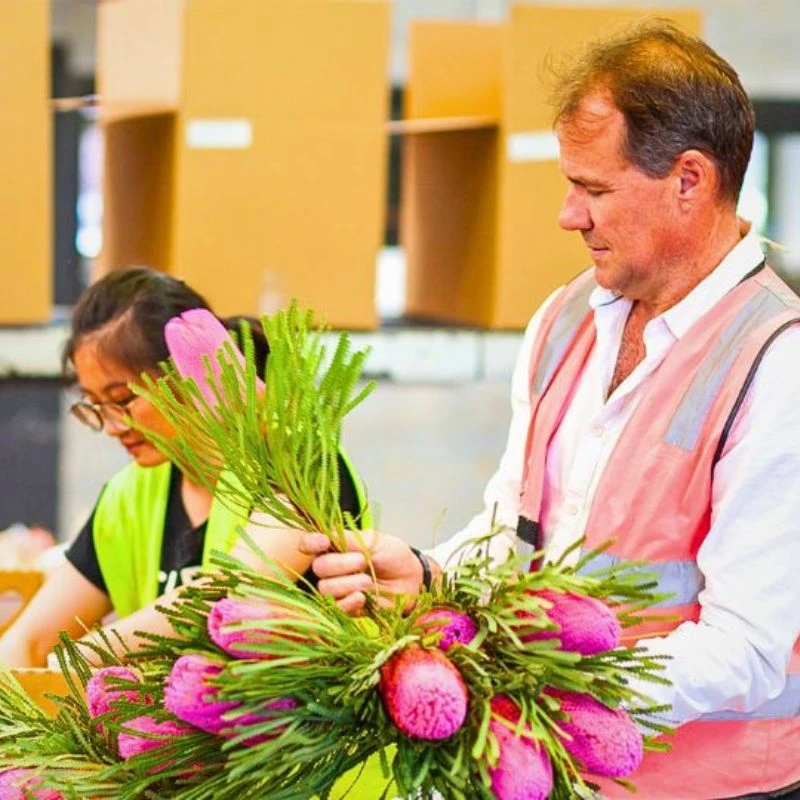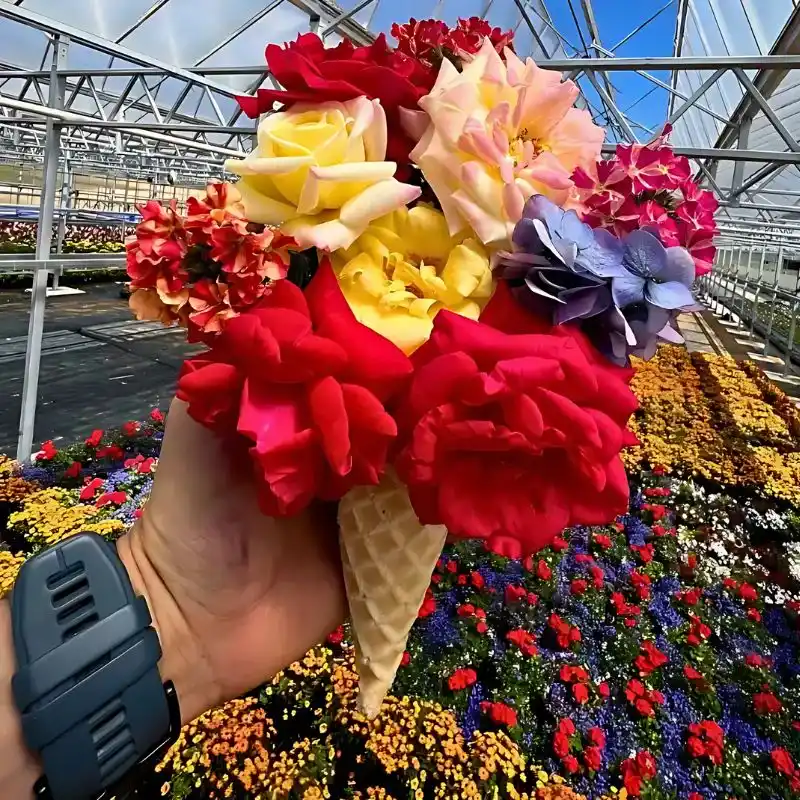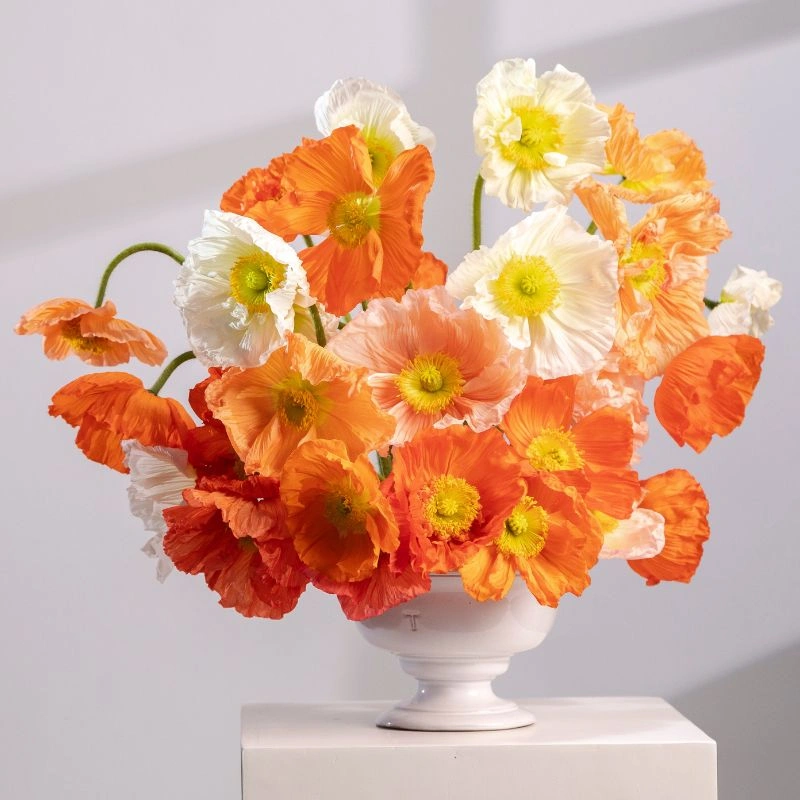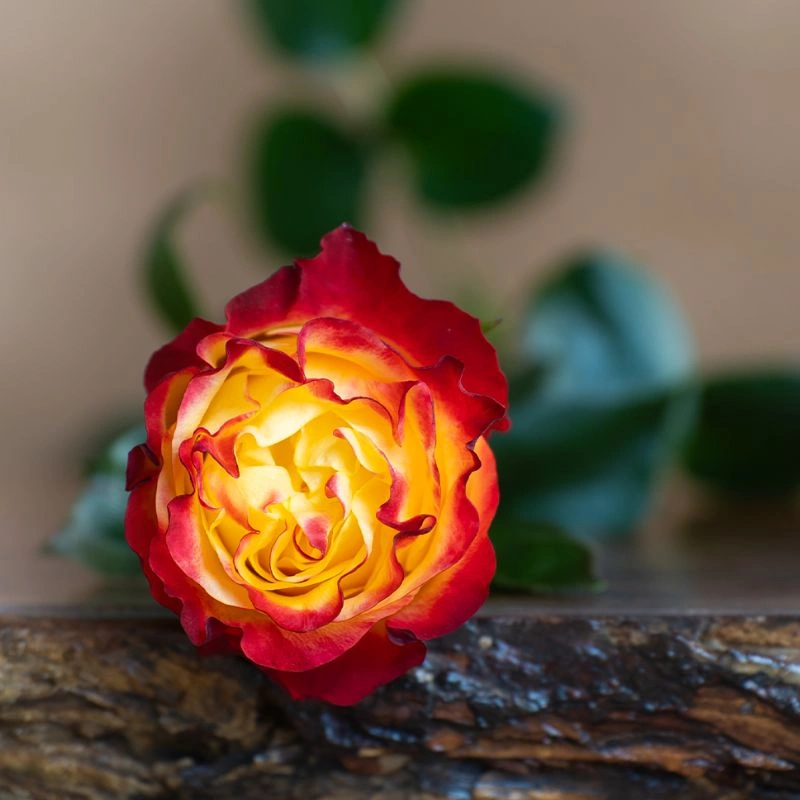Ecuadorian floriculture boasts a rich history that dates back to the late 1960s when flower production began to flourish in the country's fertile highlands. Thanks to its unique climate and geography, Ecuador quickly became known for its high-quality flowers, particularly roses, which grow incredibly strong and sturdy at high altitudes. Despite its significant contributions to the global floral market—making Ecuador one of the top exporters worldwide—there remains a notable gap in public awareness regarding the industry’s importance. Many people are unaware of how Ecuadorian flowers not only elevate aesthetic experiences but also support local economies, promote sustainable agricultural practices, and play a vital role in biodiversity conservation. Bridging this gap by knowing about the history of Ecuadorian floriculture, powered by Ecuador y sus Flores is essential to recognizing the full impact on both the local community and the international floral landscape.
Ecuador y Sus Flores Shares An Essential Timeline About the History of Ecuadorian Floriculture
Francisco Saenz, Asset Manager of the magazine Ecuador y sus Flores is delighted to share more about the history of Ecuadorian floriculture and why it is important to get soaked with this topic, especially before attending special events held in Ecuador, such as Expo Flor Ecuador 2024. For Francisco, sharing a complete timeline of the history helps expand a more complete vision of the circumstances that led several people to develop this important agricultural activity in Ecuador, which provides work to many people and generates significant foreign currency for the country's economy.
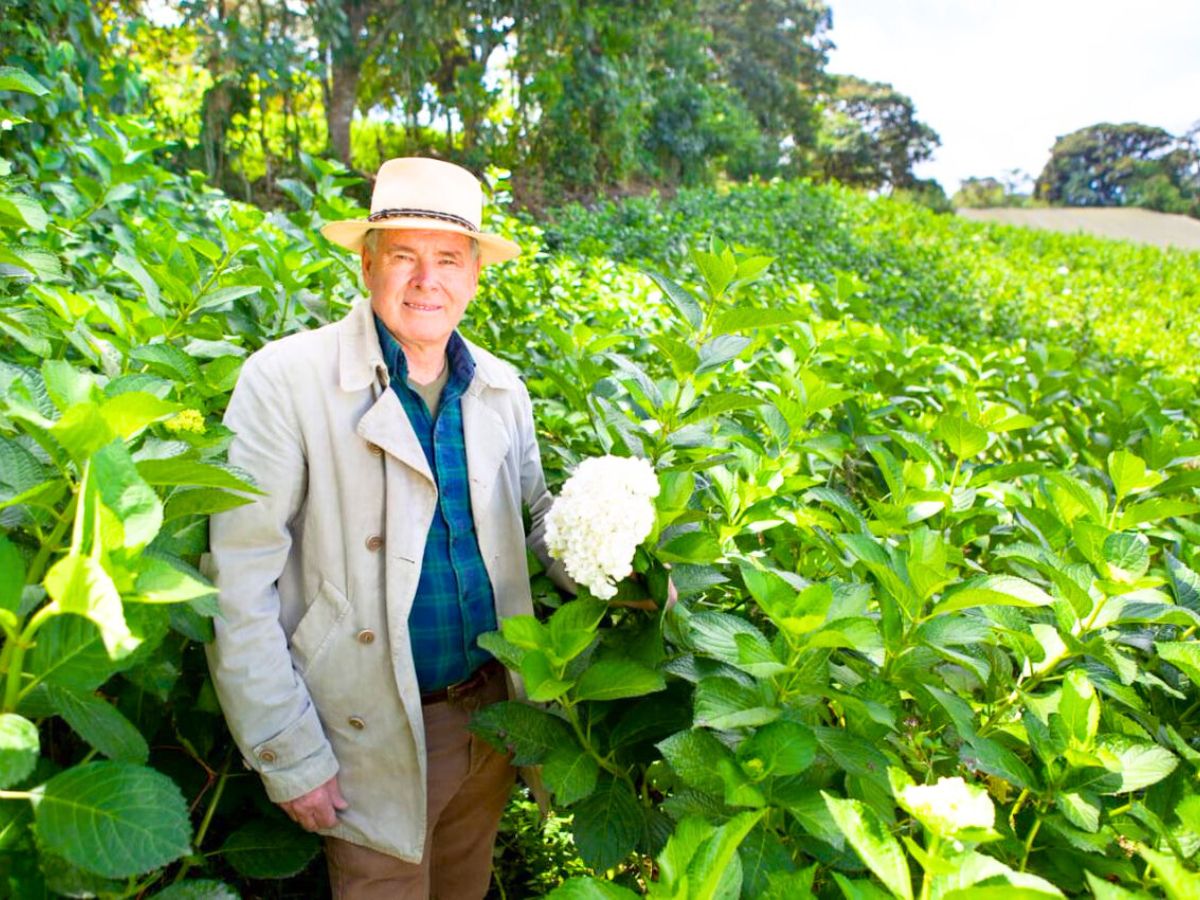
A Full Background About Ecuador's Floral Sector
Francisco goes back to amateur floriculture and the group of pioneers in the consumption of flower arrangements. As of January 1, 1890, the first Rose Parade began to be carried out to the north of Los Angeles, in Pasadena, California. This event became the Tournament of Roses, where people, in addition to decorating beautiful allegorical cars, presented their wonderful rose bushes and other flowers.
At the end of the Second World War in 1945, the Meilland house introduced its variety 'Madame A. Meilland' under the name of 'La Paz'. A beautiful variety with a sweet aroma. Variety La Paz was the sensation among growers of these garden roses (Tea Hybrids) in North America and Europe.
In Ecuador, people fond of flowers, many of them from Ambato, (natives of the land of Flowers and Fruits) and educated in Europe, began to bring the first seeds of Wallflowers, Carnations, and other flowers through the Villmorin house Pepiniere, a famous French supplier of seeds, fruit and ornamental plants.
Rose and fruit plants came in 'dormant buttons' (a state that was obtained by hibernation in refrigeration) and were covered with paraffin to prevent dehydration. After removing the paraffin, the plants were planted and after a few months, they began to flourish thanks to the pleasant climate of the central area of the central highland region.
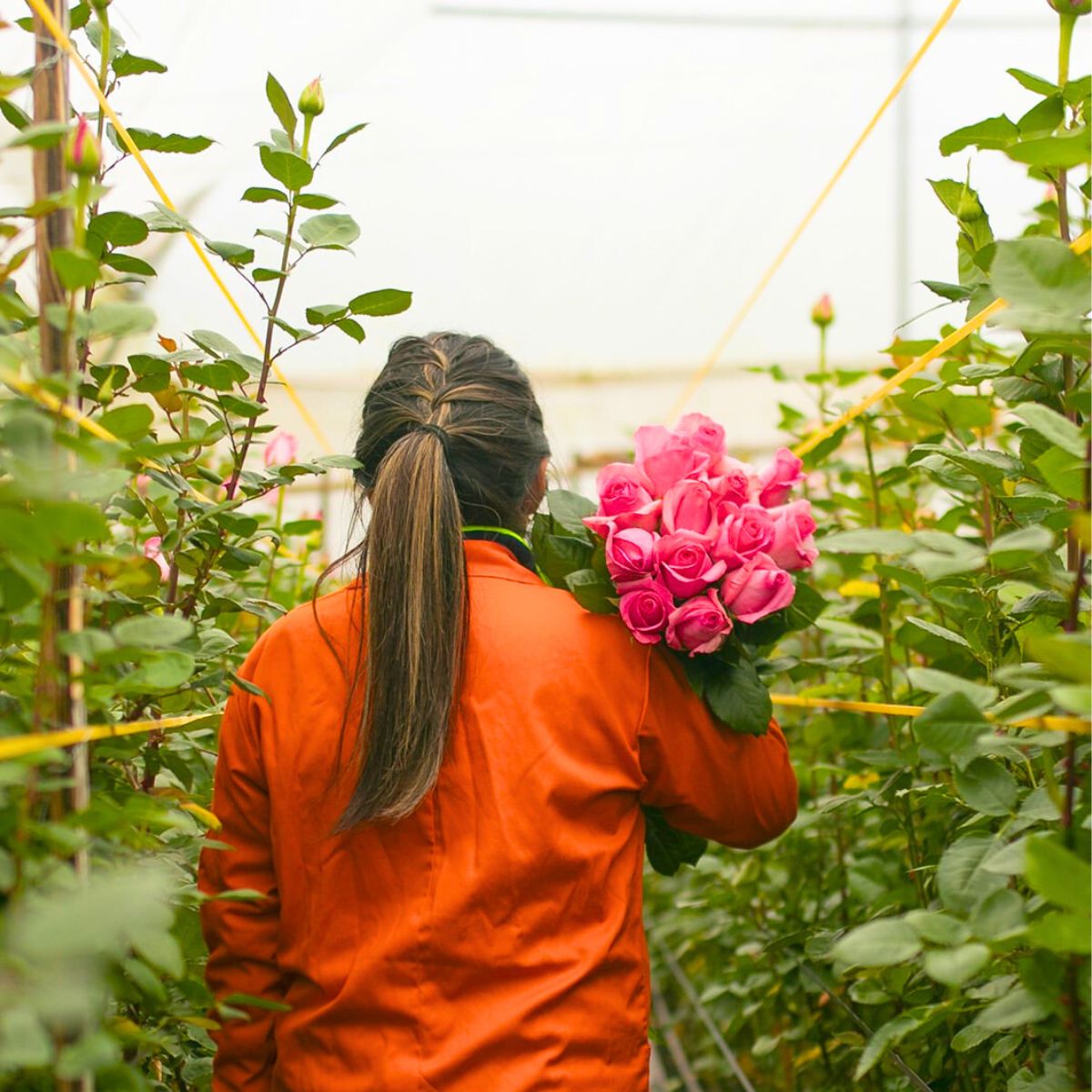
The pioneers in bringing winning varieties from the Pasadena Parade, including Coco Rico and President Hoover (introduced in 1930 by breeder Jackson and Perkins of California), and planting them in their gardens, were Francisco Miño in the Cunchibamba sector (what is now Nevado Roses); Jorge Holguin Teran and Hector Fernandez Suarez in Nagsiche (what today is one of the plantations belonging to Color Republic group, having the previous owners been Engineer Gustavo Fernandez and Engineer Bernardo Espinoza.
At this point, Cornelio Hidalgo asks Hector Fernandez to make a rose garden for him on his property in Salcedo, in what is now Rumipamba de las Rosas. They also brought the first seed stocks of Indica, Multiflora (of Chinese origin), Canina, and Manetti (developed by Mr. Manetti, director of the Monza Botanical Garden, in the year 1835).
The Constant Production and Hybridization of Roses
In China, Europe, and the United States there was a fever to hybridize roses and more and more varieties were being produced (today there are more than 4000). The first rose variety cultivated as a cut flower was 'Baccara', created in 1954 by Francis Meilland of the House of Meilland and named after the game of baccarat. A red variety, which was later intensified with another variety called Black Baccara.
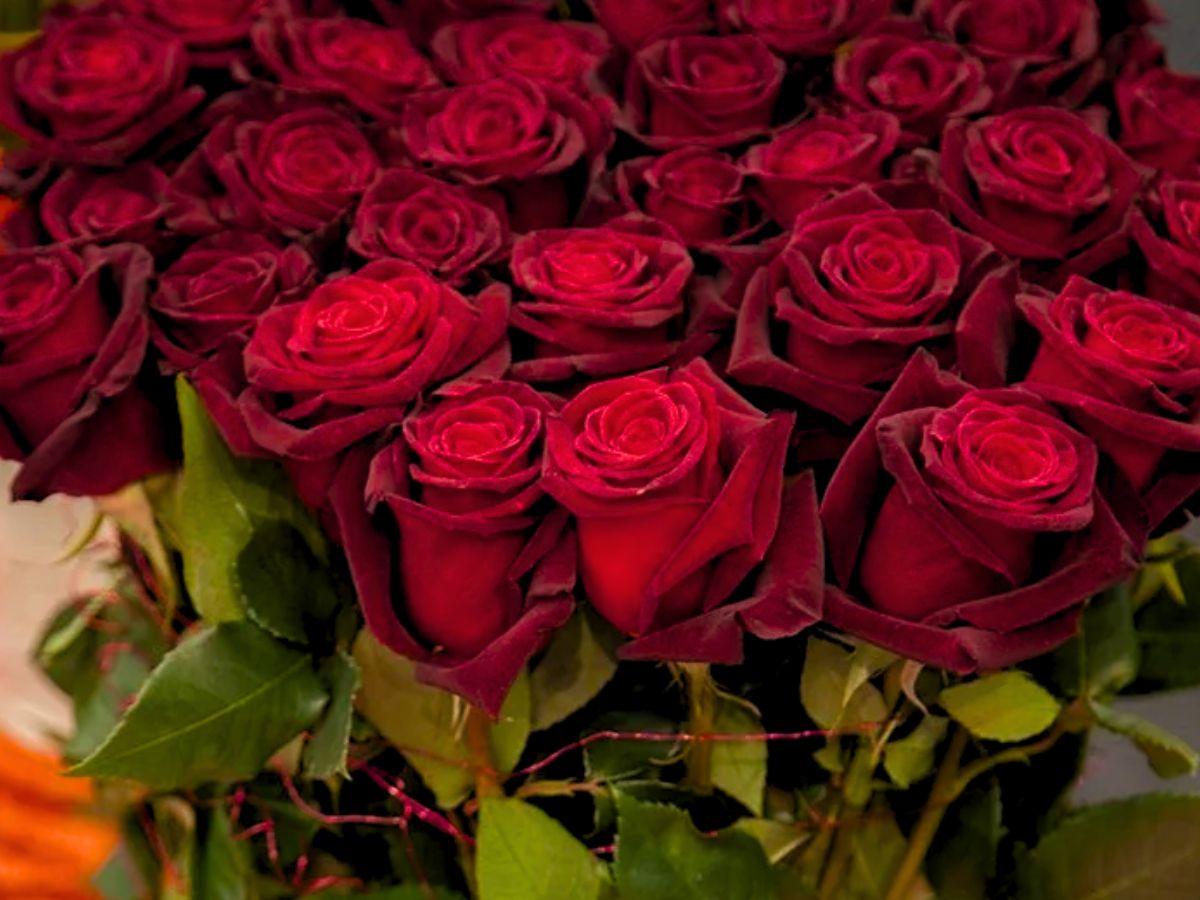
In 1972, Fernando Saenz cultivated it for the “La Maceta” flower shop, owned by his parents, who sold it to decorate the offices of some banks in the country. In Guayaquil, it was cultivated by Engineer Ernesto Molestina for Banco del Pacifico. One of the first flower shops that existed in Quito was that of Mr. Canuto Silva, back in 1910. He had the best flower plantations on his land, located on 6 de Diciembre and Colon streets. The Silva flower shop was located on Don Bosco and Rios streets.
The Guala family, in the fifties, grew flowers for internal consumption in the sector of El Inca, where Carnations, Baby’s breath (Gypsophila), Wallflowers (Erysimum), and Scorpion Grasses (Miosotis) were planted. Another important flower shop was owned by the Coloma ladies who had studied in France, and of the Muzo family (today Floreria La Orquidea, founded in 1967).
Continuing with the history of Ecuadorian floriculture, it was in Guayaquil where 'Ecuaflor' was founded in 1971, by Juan Alberto Muzo Alobuela. His father of Colombian origin had worked with Canuto Silva. In the sector of Calderon, the Godoy-Becerra family had a carnation plantation that produced for the local market. They were advised by Paul Daum, an American salesman of horticultural supplies, who worked for the Fred Gloeckner company in New York. Thanks to his good Spanish, he frequently visited South America with a catalog in hand and many files and brochures. This is just the beginning of what would become a great timeline for this country's floral sector and market. Keep reading to know more!
Floriculture for Export
In 1964, James McGuiness, owner of the Cerveceria Nacional (Guayaquil) and the Ecuatoriana de Maltas y Cervezas (Quito) companies, managed by Jose Antonio Barahona Saenz, undertook the adventure of creating the first flower plantation called 'Jardines del Ecuador', built in 20 hectares in the sector of San Patricio, Cumbaya.
The technical management was entrusted to Roger Chiriboga Gonzales, who, with a team formed by Roberto Moncayo and Hernan Burbano, produced and exported Carnations, Roses, and Pompoms, getting to have 320 employees. In 1966, McGuiness brought the young Peter Hannaford from the School of Floriculture in England, who had the advice of the American scientist Dr. Langhans.
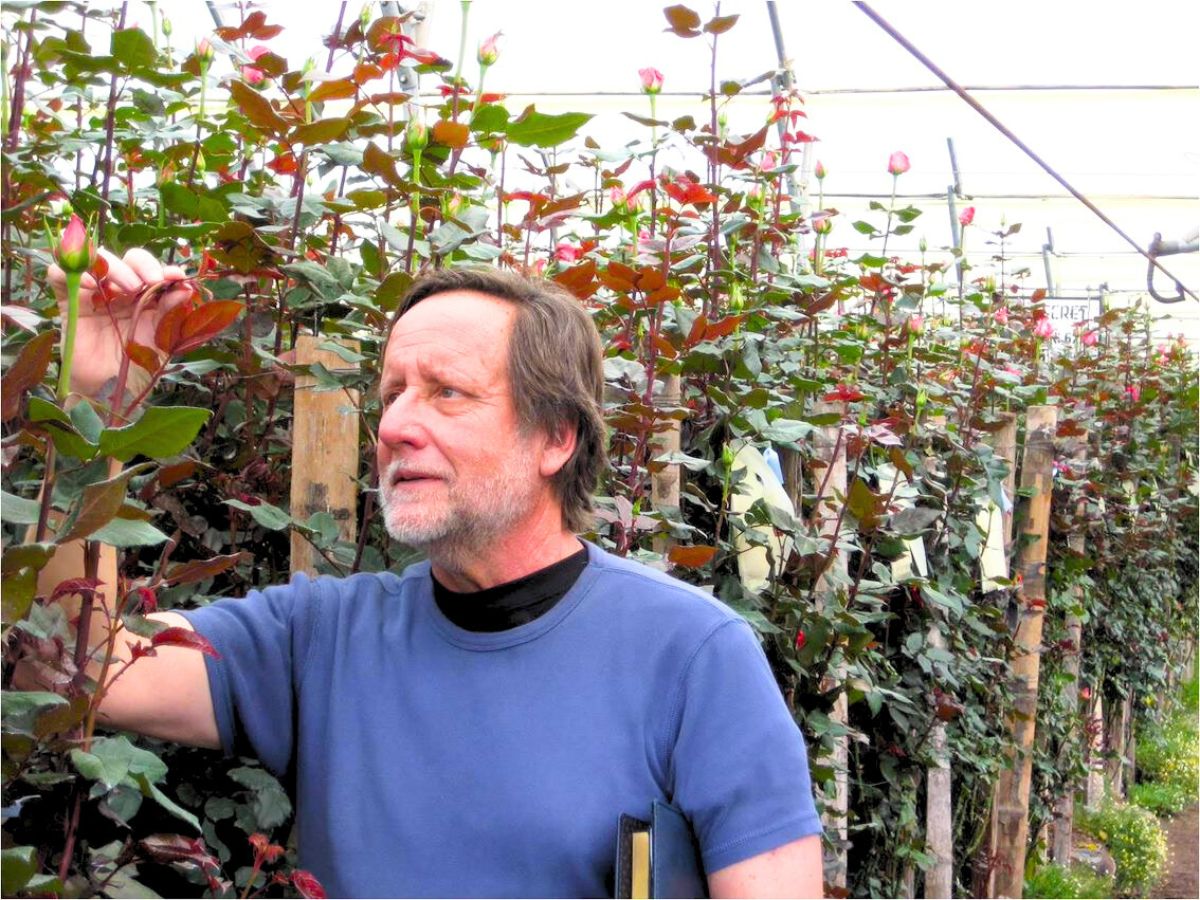
Hannaford arrived recommended by the Bavarian Brew Master (his father), from the same country as the Brew Master from the National Brewery, Walter Schneider. With the experience that Roger Chiriboga had, they began to use misting systems to reproduce the plants and artificial lighting practices to induce flowering in some species of Pompoms and Chrysanthemums.
Jardines del Ecuador ended up closing due to a labor strike that liquidated the business. Had it not been for this incident, the flower sector would have grown more than in Colombia, since it started to be developed here before. Later, in 1976, Dr. Marco Tulio Gonzales, owner of the Ecuatoriana de Aviacion company, set up a 10-hectare flower plantation in Puembo, (now Bellaflor). With Peruvian advice, they cultivated Pompoms and Chrysanthemums under the technical direction of Hernan Burbano, and the advice of Roger Chiriboga. During the dictatorship of General Guillermo Rodriguez Lara, the Ecuatoriana de Aviacion airline company was confiscated, and, therefore, the export of flowers was interrupted. All in all, in 1982 Dr. Marco Tulio Gonzales founded the Association of Flower Exporters 'Expoflores' and obtained its legal status in 1984.
In the mid-seventies, the Israeli technician Iko Ben-Dror came to Ecuador and began to promote outdoor mini-carnation projects in the Czech Republic. He formed a partnership with Rodrigo Paz and Hernan Correa (PAZCOR), managed by Carlos Vallejo and Miguel Riofrio. Other entrepreneurs of this type of cultivation were Neptali Bonifaz in Cayambe, Colonel Barragan, and Tony Naggy in Pifo, with the support of 'Agrexco', an Israeli marketer that sold in the United States. Unfortunately, the climatic conditions (tropic) in Ecuador did not allow this type of crop to be grown outdoors as they did in Israel, and the initial projects went bankrupt or migrated to greenhouse cultivation.
At the end of the seventies, Economist Miguel Herrera, who worked at the Central Bank of Ecuador, set up the first plantation of roses (Rosalegre). It was a plantation of 15,000 square meters and to market its production they bought the flower shop 'Arte Floral Maite'. After this, Roberto Crespo and Maite Herrera (son-in-law and daughter of Miguel Herrera), founded the Santa Barbara Flower Shop, which until now exists under the same name.
By that time, floriculture had already been developed in Colombia, thanks to the experience acquired in Ecuador by Peter Hannaford.
Rose Varieties That Appeared During the Expansion of the Floriculture Industry in Ecuador
Continuing with the interesting history of Ecuador and its floriculture industry, the varieties of roses that were grown in Ecuador at that moment were Rose Visa, Rose Vega, Rose Black Prince, Rose Sonia, Rose Kiria, Rose Bettina, Rose Cocktail 80, and Rose White Card.
At the time, Economist Mauricio Davalos Guevara assumed the General Management of the Central Bank of Ecuador, and knowing the benefits of Economist Herrera’s project, in 1983 he founded the first company of roses for-export plantation, called 'Agroflora', in the town of Tabacundo. As partners, he had Hernando Monroy and Alain Meilland. They brought a well-known technician from Colombia, Edgar Orjuela, who later worked on various plantations.
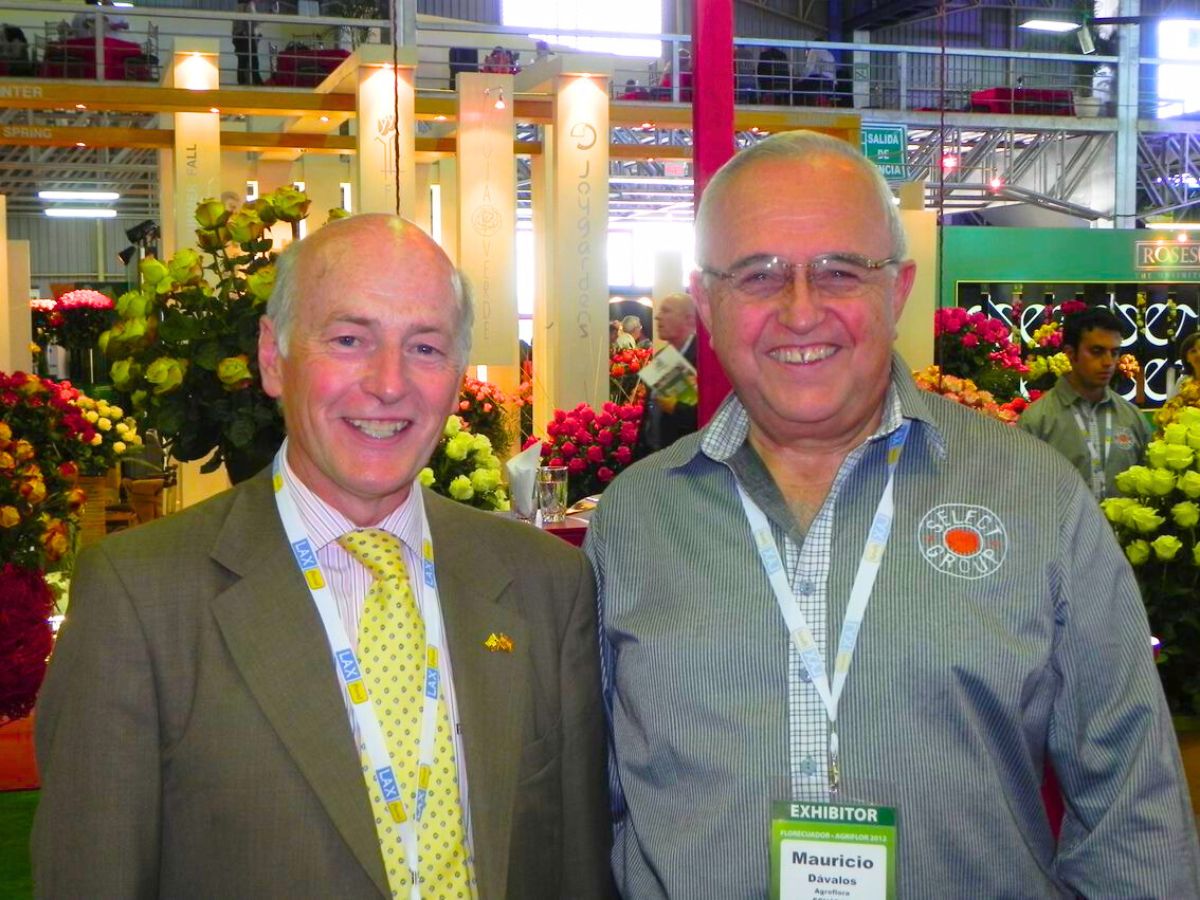
In the following years, many plantations were developed. In Tabacundo, Miguel Mascaro, Carlos Cornejo, and other investors formed Arbusta in 1984. Later, they would associate with George Lebberes and form the Arbusta Group (Arbusta, Inflorex, Florquinche, and Agritab) whose farms are now part of the Passion Growers group (Denmar SA).
In 1985, Florequisa was founded in Oton by the brothers Camilo and Bernardo Herrera, Colombian flower growers who owned Jardines de los Andes, founded in 1969. They mainly produced Gypsophila and Carnations, and up until a few months ago, it was managed by Dr. Elena Teran de Egas.
Meanwhile, as the sector continued growing, in Cayambe, Guayaquil native Sabino Hernandez founded 'Rosas del Ecuador', which later closed due to labor problems. It was managed by Jaime Muñoz Campusano, and its technician was Alvaro Baena, of Colombian origin, who was also a technician at Florequisa.
Equally, Pablo Ruiz Perez and Rodrigo Espinosa formed in the town of Tabacundo, 'El Rosedal'. By that time, architect Ricardo Davalos Guevara had returned to Ecuador and, advised by his brother Mauricio, sought warmer land in the town of Puellaro to cultivate Pompoms and Chrysanthemums, the Florisol, which this year, they celebrated their 40th anniversary! After that, he founded 'Jardines Piaveri' in the province of Cotopaxi.
Consequently, in 1991, the Colombian carnation expert, Yessid Fuentes, associated himself with some agricultural entrepreneurs from Tabacundo, among them the Fabara family, and later with Mr. Alfredo Verdesoto in what is now 'Royal Flowers'.
More and More History to Come
A little pass of time, fast forward to when Engineer Raul Ochoa, former manager of Expoflores at the time of Marco Tulio Gonzales, had a carnation farm in the sector of Tabacundo, which was later acquired by a Russian investor who switched to growing roses. Some plantations were developed in the areas of Tabacundo and Cayambe, which due to their light and temperature conditions are considered the best places to cultivate roses
According to Francisco Saenz, these are key events that must be highlighted to better and clearly understand some of the most important historical points of Ecuadorian floriculture:
- In the late 1980s, Peter Ullrich hired Peter Hannaford to set up Hilsea Investment in the Chivan farm, in El Quinche, together with Miguel Ponce Palacios as manager. The latter later managed 'Flor Machachi' and 'Natuflor', now owned by the Elite Group. Peter Ulrich had been a flower grower in Peru, where he planted Gypsophila and Wax Flowers. Yet, the activities of the Sendero Luminoso guerrilla group discouraged him, and so he came to Ecuador. It was at this point that he founded 'Challenge Airlines' to transport his crops.
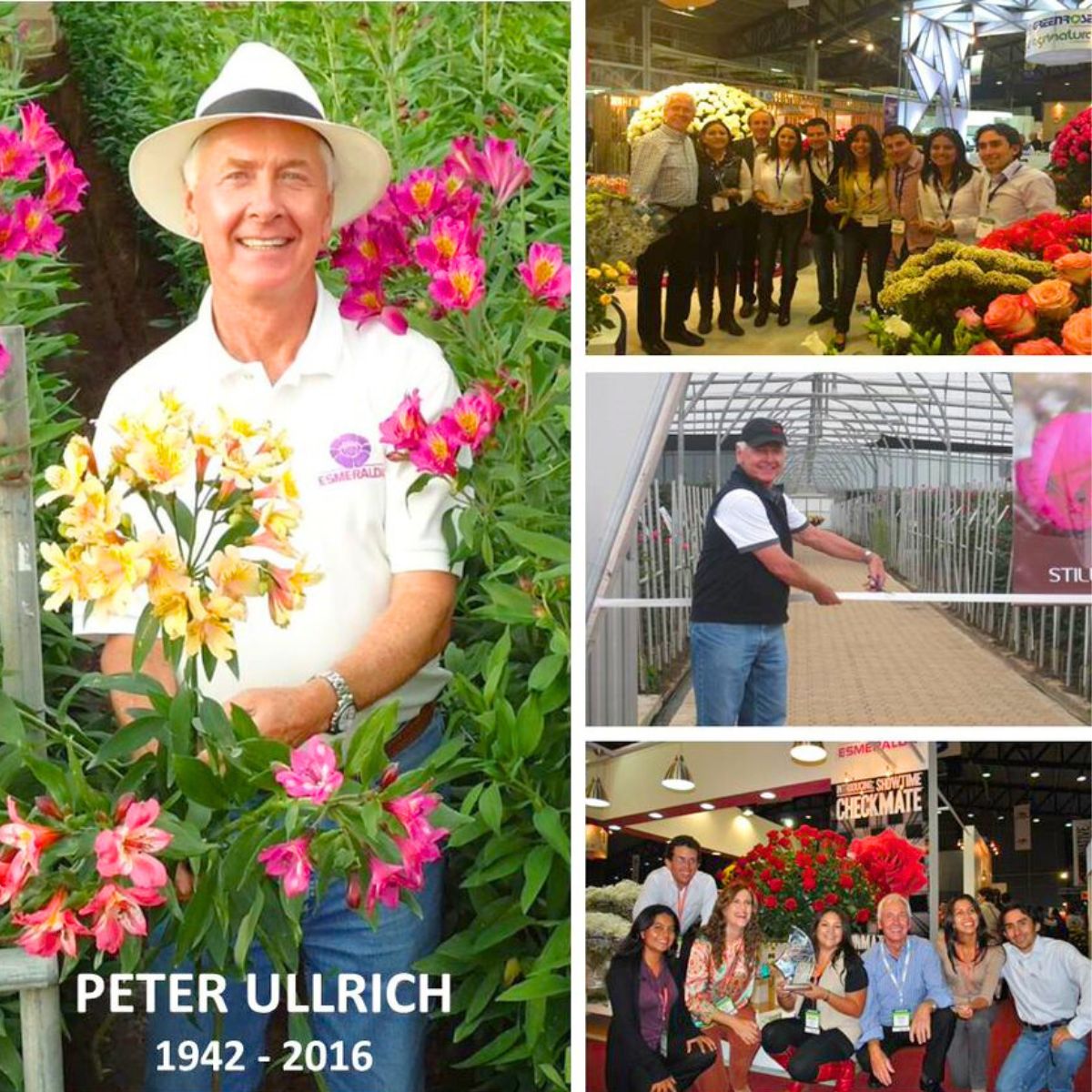
- In 1983, George Lebbers together with Fernando Saenz formed 'Agrotech', a logistics company (IATA Cargo Agency) to ease the complicated handling of flower exports, thus, bringing the first refrigerated truck and carrying out the first charter flight with flowers. They also introduced the 'Madamme del Bard' rose in Ecuador, as well as Carnations and Gerberas from Barberet & Blanc.
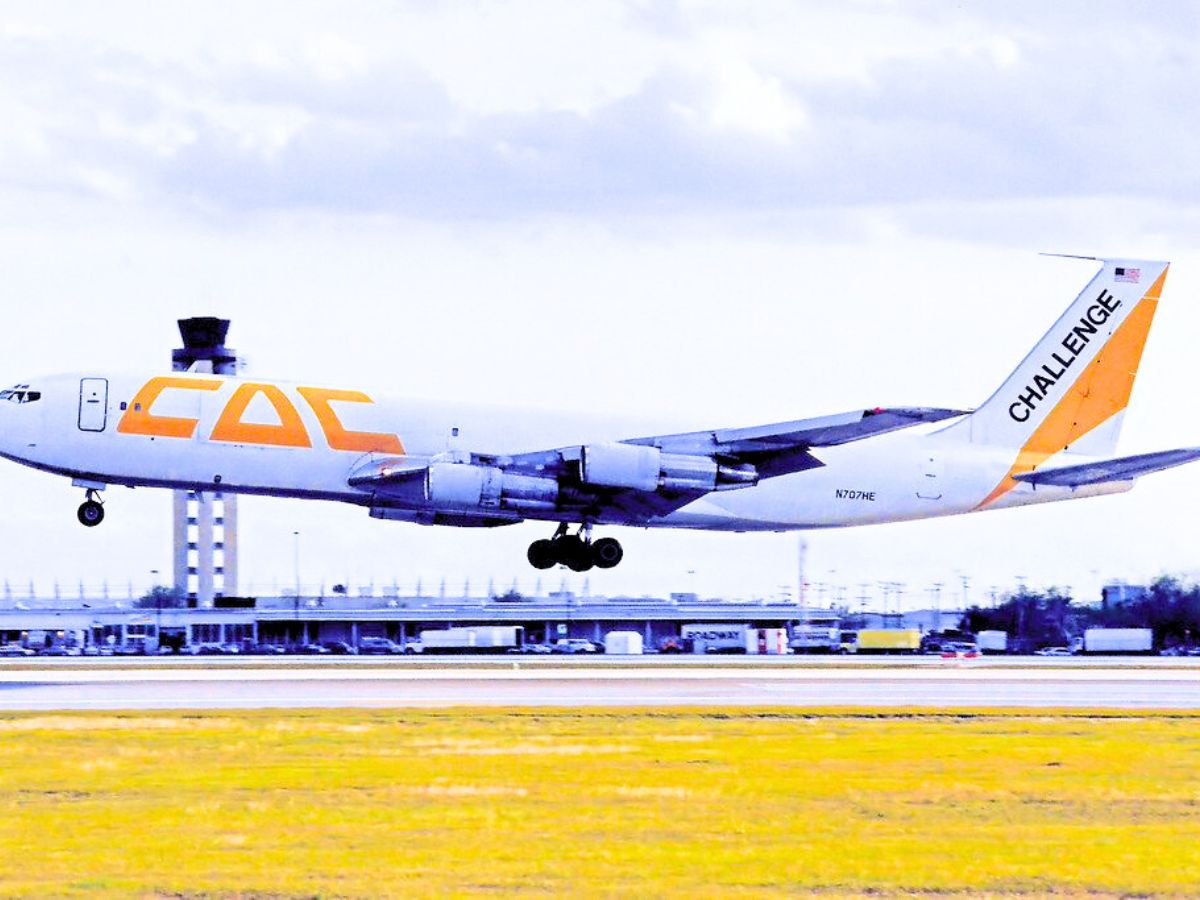
In 1984, during the presidency of Leon Febres Cordero, when Marcel Laniado de Wind was Minister of Agriculture, the Non-Traditional Agricultural Exports Promotion program was started, with the support of the Agencia Interamericana de Desarrollo - AID (Inter-American Development Agency), and under the management of Fernando Correa Ponce. Hence, flower growing being a very important component.
The execution of the program was then entrusted to 'Fedexpor' and 'Ande', finally creating the 'Proexant' executing unit, directed by Marco Peñaherrera who was the coordinator of the project in AID. In 1987, the operation of the Floricultural Investments company was opened in Checa, dedicated to the cultivation of various summer flower crops and especially to the production of roses, having an extension of 33 hectares. The company was part of the Floramerica de Colombia organization, where Peter Hannford was working at the time.
The board of directors of Floramerica sent Colombian Pedro Fornaguera, who worked at Floramerica Bogota, to open this operation, and act as general manager of the new company in Ecuador. Also hiring Miguel Ponce Palacios in Quito, as the administrative manager. At the end of 1987, the partner’s board in Bogota decided to reinforce the management team with Gustavo Alzate, who worked as financial manager of the Floramerica group in Bogota, moving to and settling in Ecuador.
At the beginning of 1988, Pedro Fornaguera returned to Colombia due to health problems and unfortunately, months later he passed away. The group decided to send Carlos Augusto Rodríguez to replace him. The Floramerica group, in 1988, also opened the Flores Mitad del Mundo operation in Malchingui (now Florsani), to produce summer flowers. Between the two companies, they had about a thousand workers. Later, these companies were acquired by the Dole Corporation in 1998 and 1999, in an adventure that failed (contribution by Gustavo Alzate).
Iko Ben-Dror returned to Ecuador in 1990 representing some breeders, to set up a plant-producing operation. This production company is currently Plantec and Plantador, owned by Carlos Krell, its former manager.
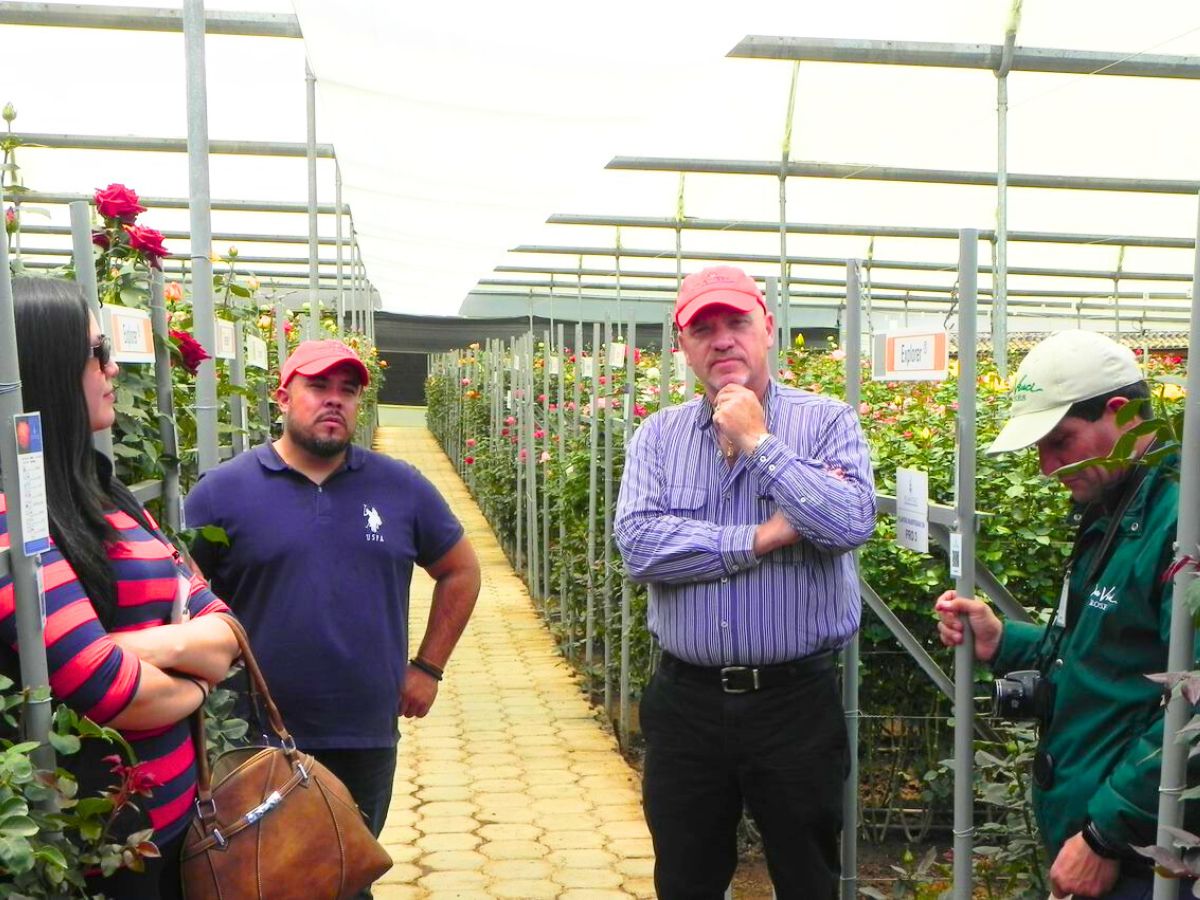
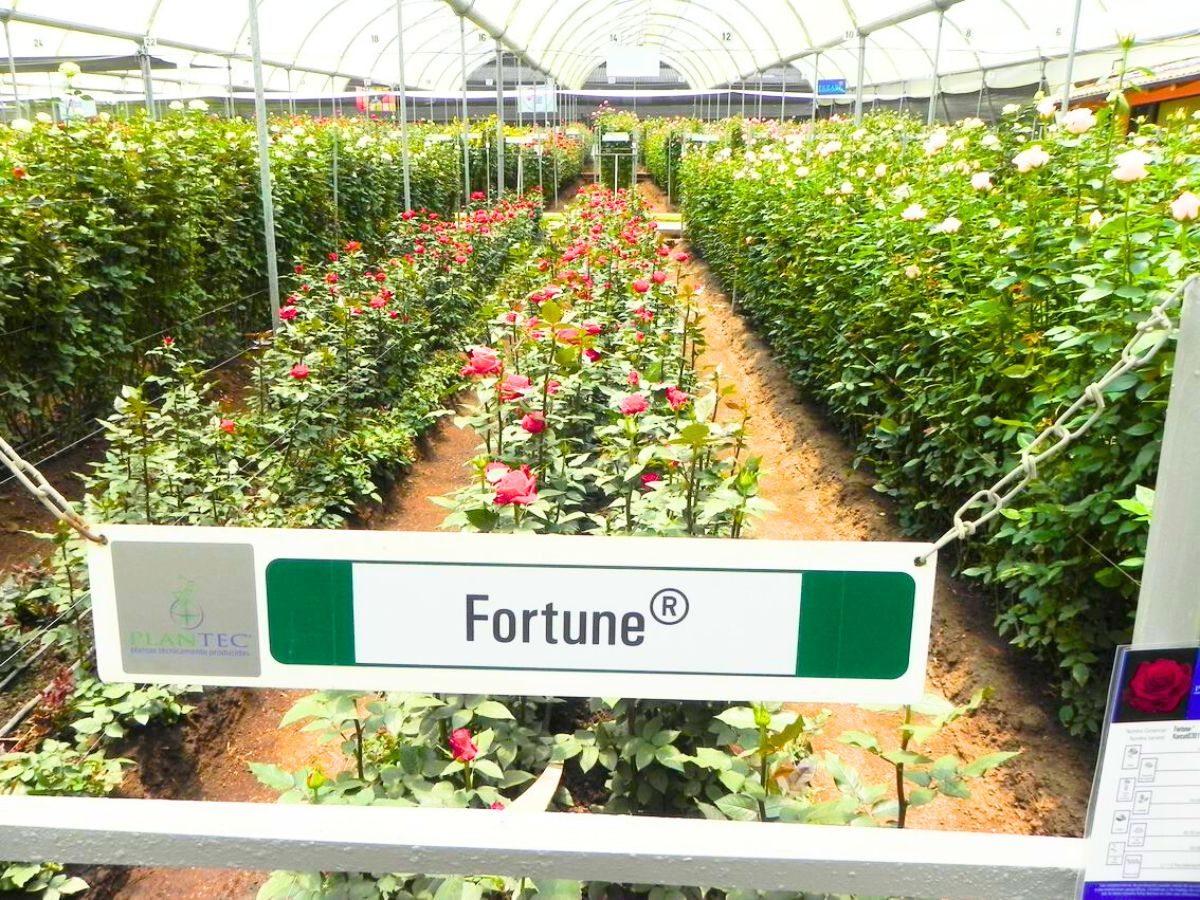
If you wish to read about the full story behind Plantec, make sure to check out Ecuador y sus Flores' 79th magazine edition where you'll find all the detailed information not only about them but also De Ruiter's history, all through the first 30 pages of this digital edition.
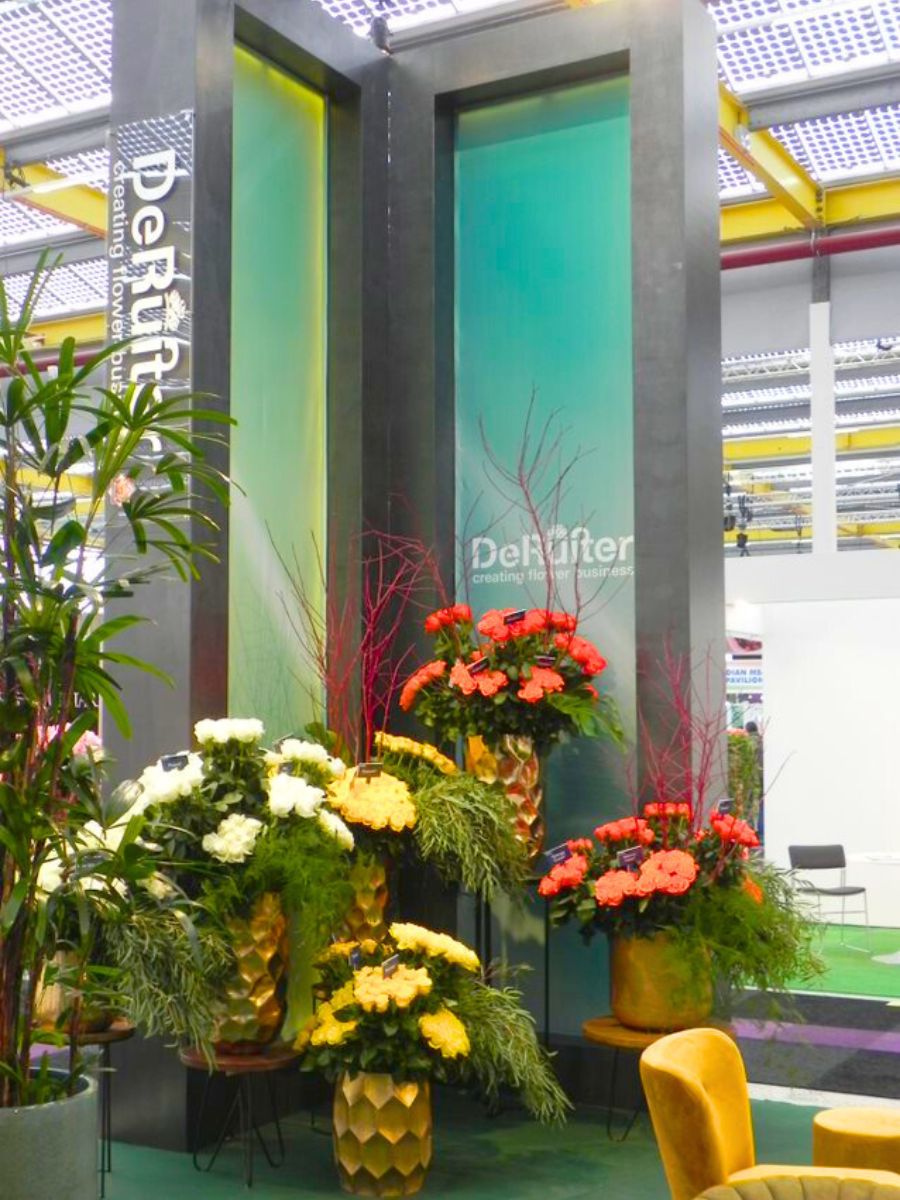
The AID Program - An Important Pillar for Ecuadorian Floriculture
The AID program, with technicians from Costa Rica, was an important pillar for the cultivation and development of tropical flowers. The first farm to produce tropical flowers for export was developed in the Amazon Region, by Ramiro Sotomayor. In 1991 Esteban Saenz Fernandez and Maria Elvira Delfini de Saenz founded 'Magic Flowers', starting with a farm in Naranjal and then two other farms in Babahoyo and Cerecita. It is the only remaining company of that group. Also, in 1996, Fernando Muñoz set up a tropical flower operation in Pedro Vicente Maldonado.
Evidencing the important growth of floriculture in Ecuador and Colombia, the union of flower growers of the United States, 'Roses Inc', filed with the Department of Commerce of that country a complaint for 'Dumping and countervailing Duties', based on a law that did not allow an exporter to sell its product below its production cost (dumping), and requested compensatory taxes to be imposed aimed at some subsidies that the flower producing sector could be receiving (such as drawback, CATs, subsidized interest, etc.).
The problem was very complex, since, if they did not defend themselves, taxes would be imposed on them, leaving this nascent activity out of the game, as happened with Peru, Chile, and Costa Rica, where producers were not able to gather the great economic resources that this process demanded. The Ecuadorian flower growers held a meeting, being, at that time, Pablo Ruiz Perez the president of Expoflores. He asked for Fernando's aid, naming him as 'Ad Honorem Manager' of Expoflores.
As a team, they carried out intense work and finally managed, like Colombia, to dismantle those accusations. Nevertheless, those same accusations would later arise again every two years. Between September 1994 and March 1995, the flower-growing sector was going through difficult times, and several companies were on the verge of disappearing. The Department of Commerce of the United States applied a tariff of 49.75% to the import of roses from Ecuador, but finally with the entry of Ecuador as a member of the WTO, that Department no longer continued sponsoring those processes.
In these years, the credits granted by the National Financial Corporation CFN at a reasonable term, were an important factor for the development of floriculture.
Floriculture in the Austral Zone
With a contribution by Juan Carlos Vélez, he shares more about floriculture in the Ecuadorian Austral zone which started during the 1980s, when Dr. Edgar Puyol, born in Cuenca, upon his return from Venezuela, and after observing the development of the flower growing sector in Colombia, decided to get on board the activity of flower growing, being this an unknown and novel activity in the region
During the 1970s and early 1980s, due to his work linked to the agricultural sector in Colombia and Venezuela, he traveled constantly between both countries and that is how, in 1983, together with his family, they developed a project and presented it before the Banco de Fomento (Development Bank) for its approval. Which became a reality months later in 1984.
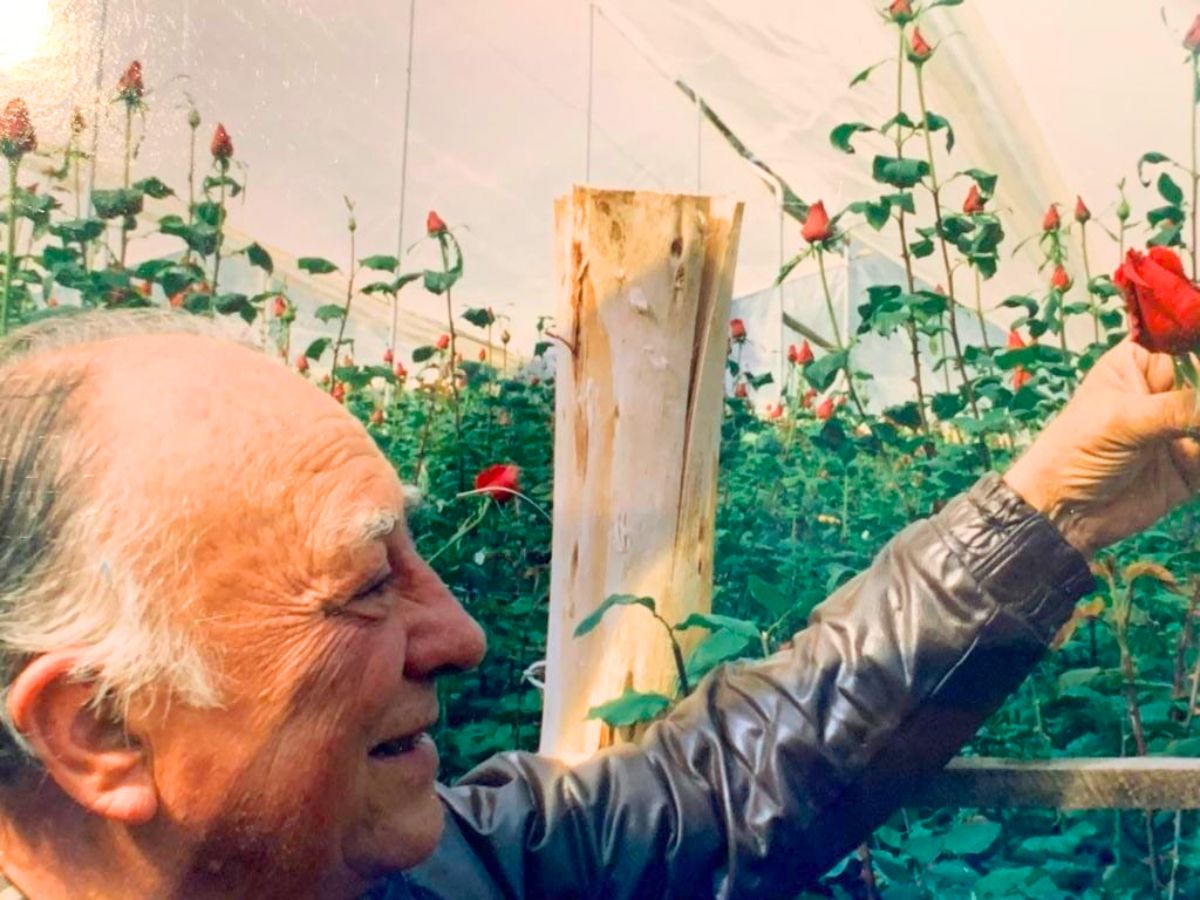
The first production of roses occurred in 1985 with four varieties of colors; white, red (visa), yellow, and pink. The name of this first flower-growing business was 'Flores Bemani'. The flower-growing business was beginning to grow as well. In the following years, Teodoro Acosta started a rose plantation with Andean Flowers and Mauro Montesinos with Mary Flower. In the early 1990s, Malima started to operate, and later 'Flores del Valle', with varieties such as Gypsophila and summer flowers, located in the Paute and Gualaceo valleys.
On March 29, 1993, the 'Josefina' disaster occurred. A natural disaster that marked the history of flowers growing within this area. A blockage of great magnitude of the four rivers that cross the Tomebamba valley had produced a dam containing millions of cubic meters of water, which affected several plantations. Some were affected by the flood like Florandes and others. To avoid it, they uprooted the bushes and greenhouses to replant them in another area like Mary Flower, but unfortunately, they were not able to recover after this disaster.
During the spillway that took place a month later, on May 1 of that same year, all the facilities and crops in Malima and the first crops in Flores del Valle were destroyed. The spillway left, a desolate and wild landscape, full of stones and sand, where before there were beautiful flower crops. These companies had to rescue and refashion the arable land, cleaning it of stones and rocks, and replacing them with land brought from other places. Many hectares of flowers were lost with this unfortunate event of nature, thus testing the tenacity of the flower growers who resurfaced and rebuilt the farms again.
Subsequently, 'Plantaciones El Trebol' started its activities in 1995, Altaflor in 1998, and Sky Flower later in the Burgay area, province of Cañar at 3,000 meters above sea level, obtaining a flower of great quality in that sector. In 1998, the Association de Floricultores del Austro, was established to work for the sector and seek common benefits in aspects such as logistics, communications, and staff training.
Nineteen farms from the provinces of Azuay and Cañar became members of the association, which represented 23 hectares of roses and 163 summer flowers. These farms were Austro Rosas, Bemani Flowers, Naturflor, Plantaciones El Trebol, Florandes, Plantaciones Naste, Altaflor, Flores Del Valle, Malima, Monjas Huayco, Flor Alicia, Creverflor, Floricola Vegvil, Paute Flor, Tami Flor, la Isla, Flor de Oro, Flor Paute, South Garden, and Sky Flower.
To this day, there are 4 cut flower growing farms Starflower (Ex Malima), Plantaciones el Trebol, Florlago, Flores del Sur, and Ecuagenera which are dedicated to the production of orchids. The effects of dollarization plus the difficult conditions with the subsequent governments undermined the possibilities of development of the sector and rather there has been a shrinkage.
The conditions for flower growing in the Austral zone have always been special. Beginning with clay soils that require proper handling, logistics coordination, and the distance to reach the export ports has meant that the flower growers in this area have had to have precise management, always working together through the consolidation of the product to take their production from this zone to the airports.
Initially, exports were carried out through the airport in the city of Guayaquil, which is a 4-hour drive, taking advantage of the fact that all the cargo planes left Quito and stopped in Guayaquil to complete their load that could not be done in Quito, adding the rest of the cargo to complete 100% capacity by being at sea level, in this way, the load from the south was added to the flower load from the north.
This situation changed once there was enough production in the north to fill the capacity of the cargo planes, and with the construction of the new airport conditions greatly improved. Nowadays, 100% of the entire production of the Austral zone of the country is shipped to Quito to consolidate the cargo with other farms and to be able to achieve its export.
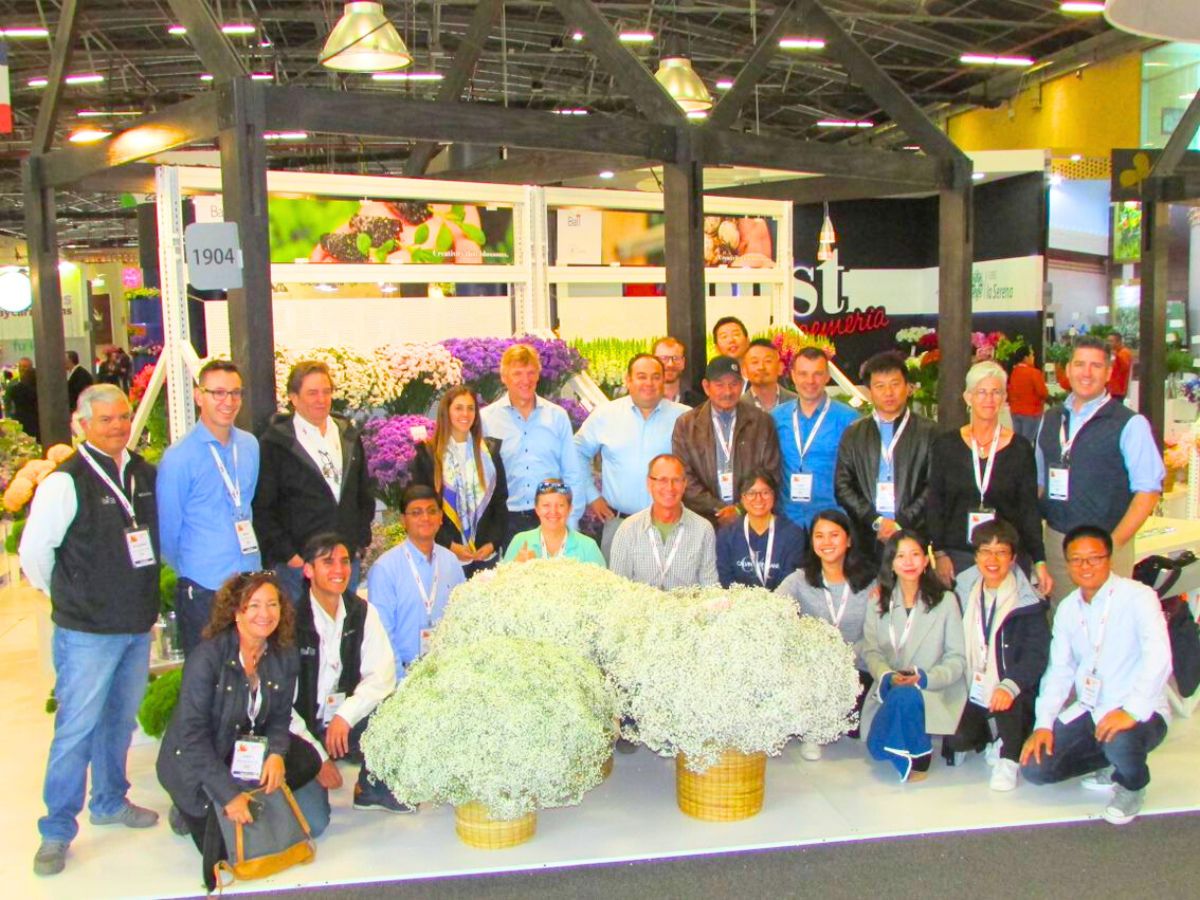
With a very detailed yet more-to-come history of the Ecuadorian floriculture, the magazine 'Ecuador y sus Flores' will be publishing the last part of the timeline very soon. Meanwhile, get prepared to live in full hand the experience of Ecuador's flowers and people as Expo Flor Ecuador is right around the corner.
Photos courtesy of Ecuador y sus Flores, Header image by @agroganaec.

